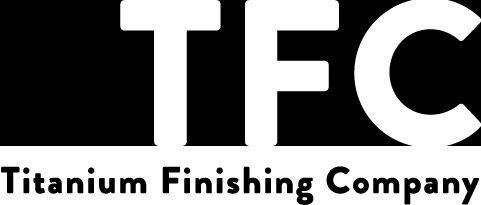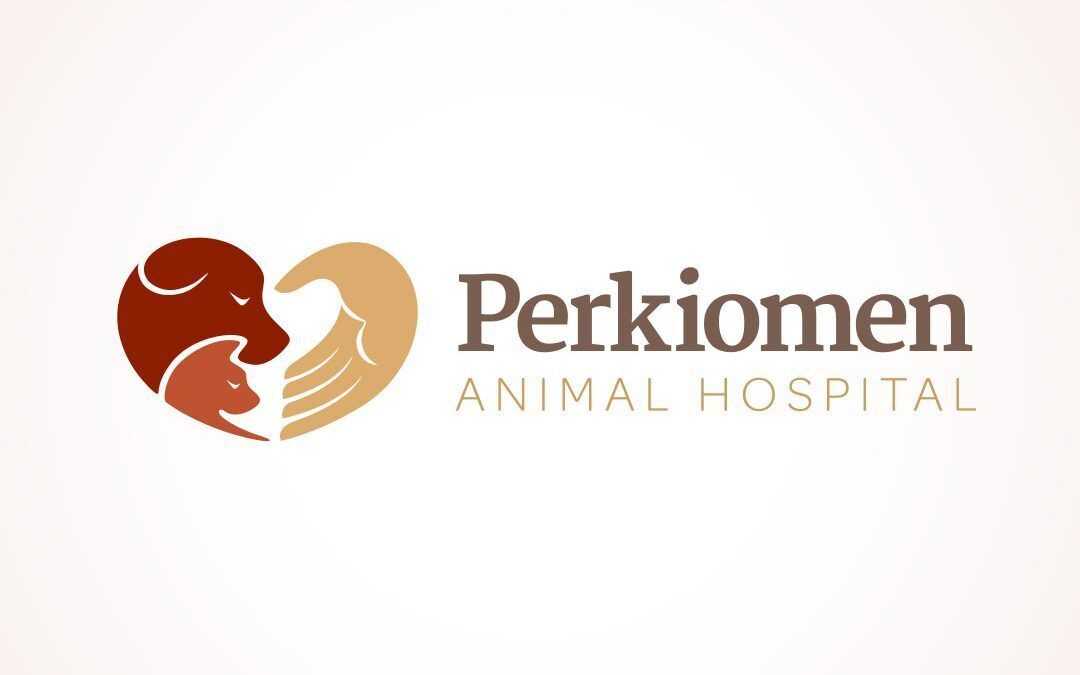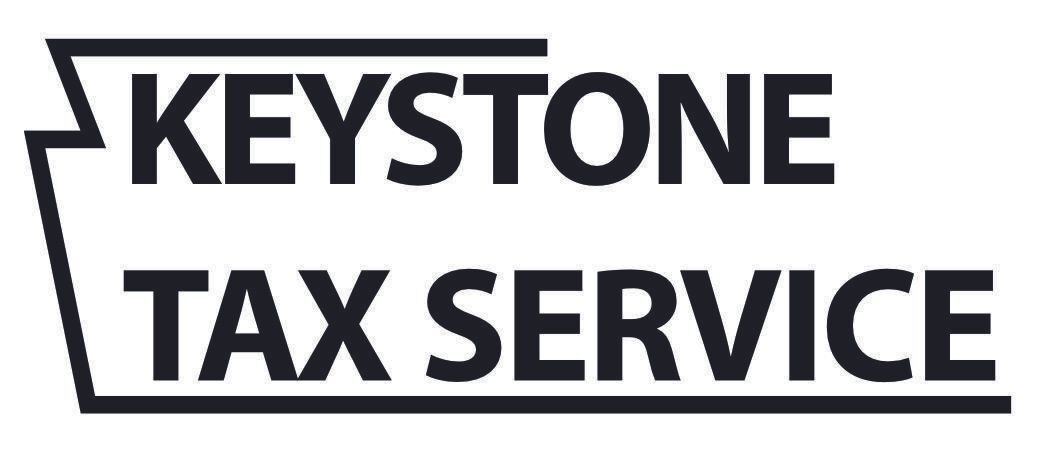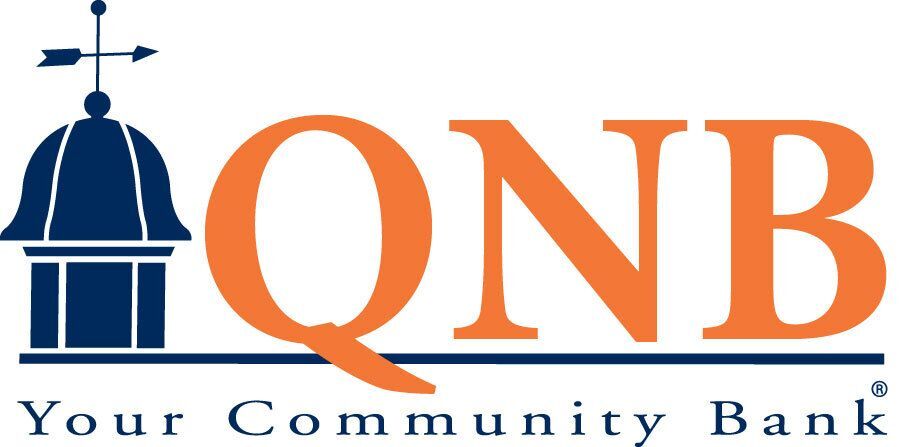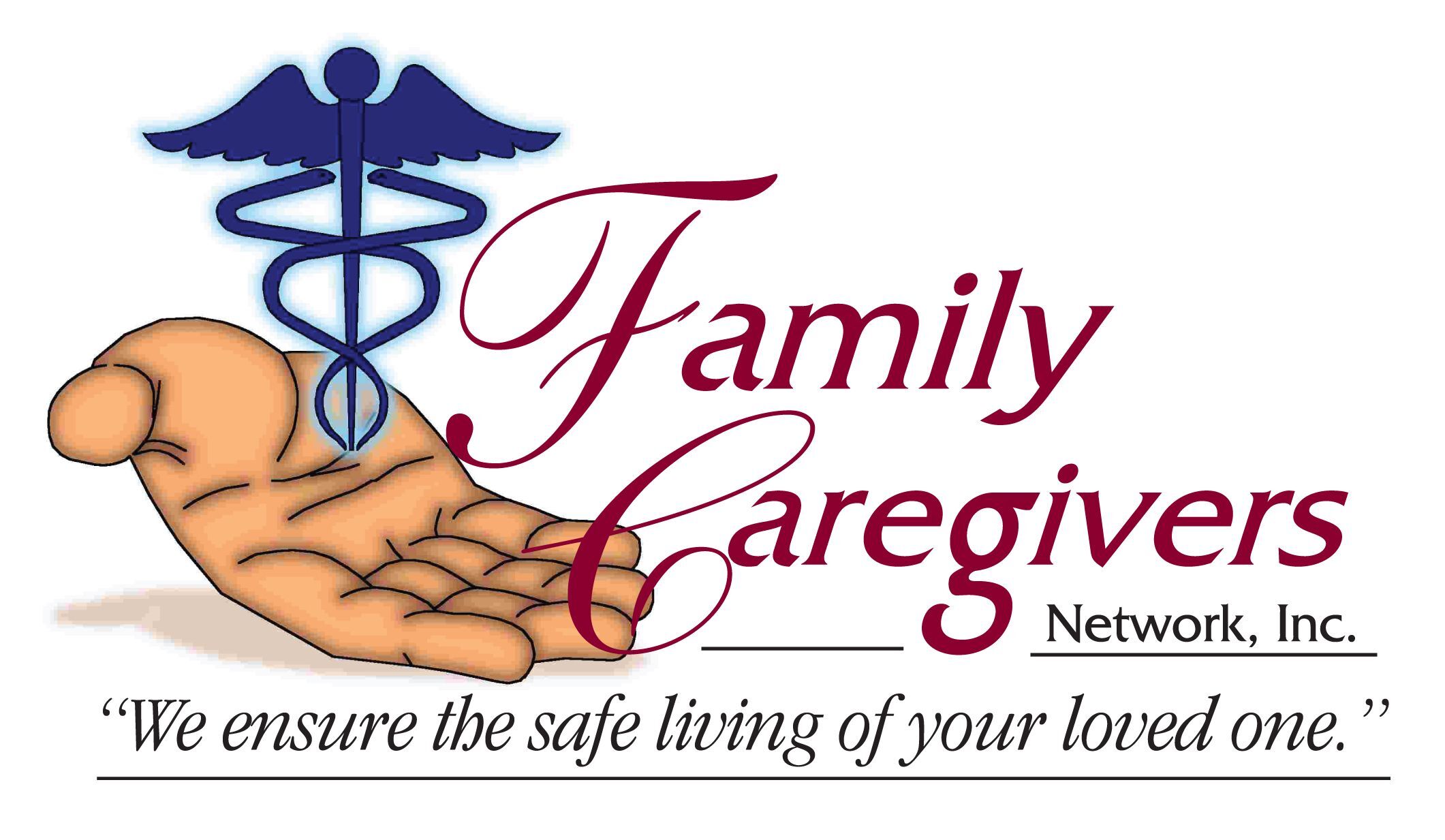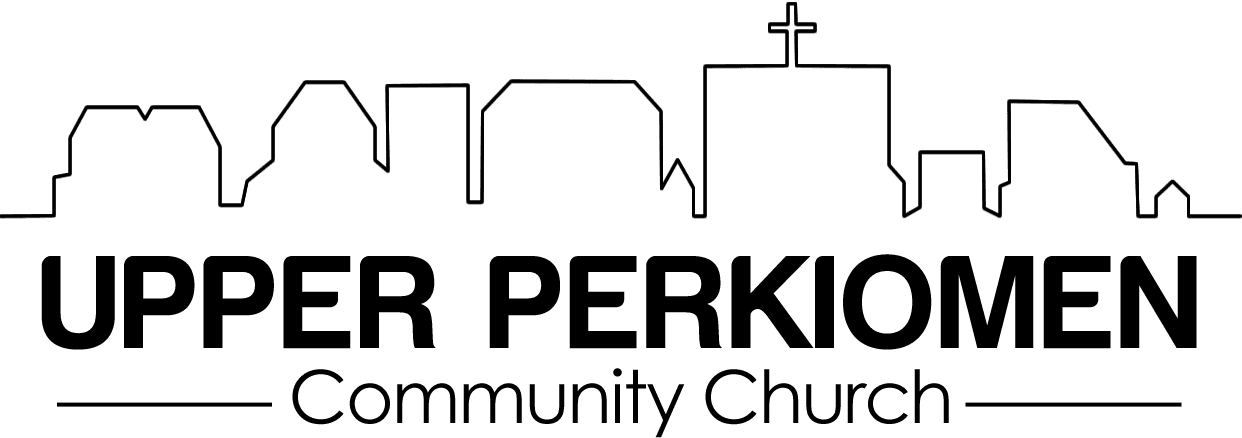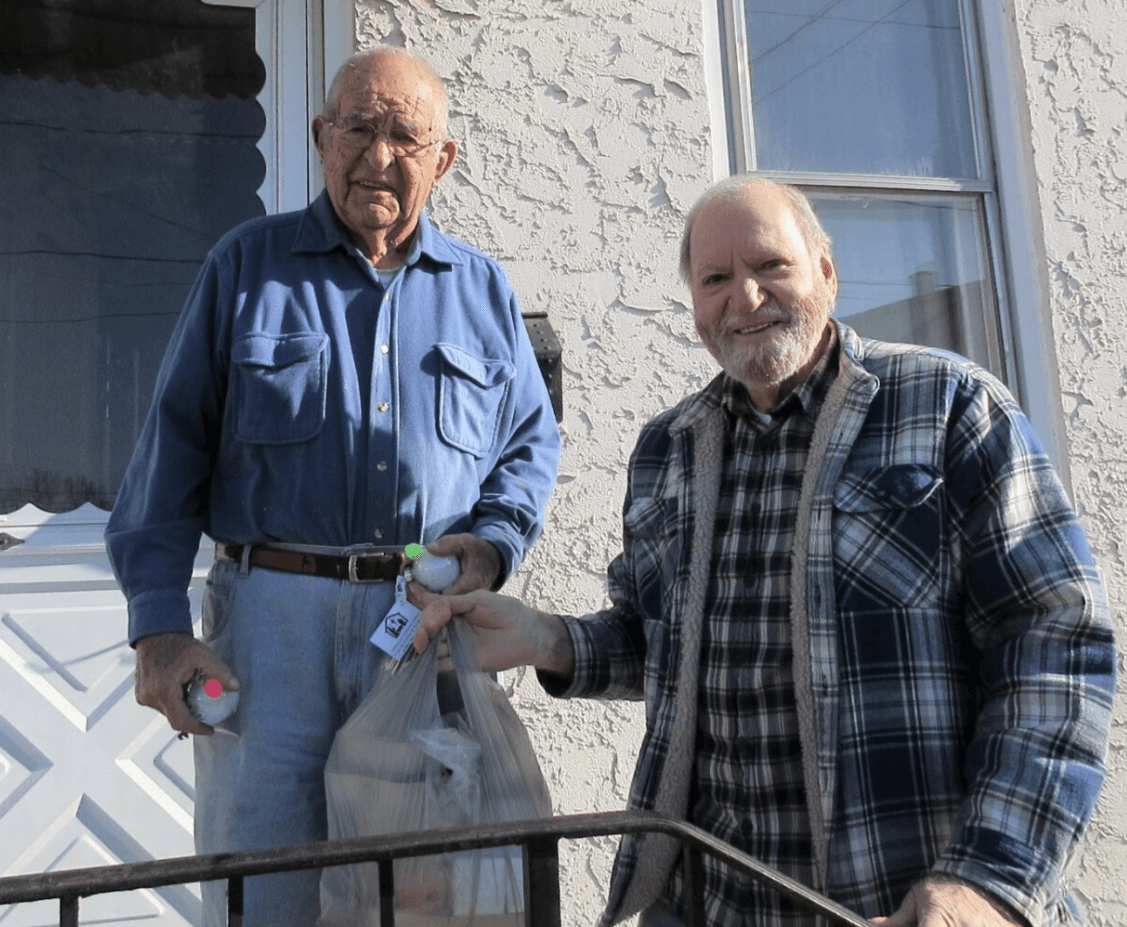
September is Hunger Action Month. During this time, we like to bring forth issues contributing to food insecurity in our area.
Besides children, did you know that seniors are the fastest growing segment of the population considered to be food insecure? According to Feeding America, almost 7 million seniors were food insecure in 2022. It is now predicted that by 2050, more than 9 million seniors could be food insecure. If you are not familiar with the term food insecurity, it means that a person does not have access to sufficient food, or food of adequate quality, to meet one’s basic nutritional needs. It differs from hunger, as hunger is a physiological response where a person feels physical discomfort or weakness because of a lack of food. I share these differences because rising food insecurity in seniors can lead to hunger, but hunger doesn’t necessarily have to be present for someone to be food insecure.
Confusing, right?
Let me share some reasons for rising food insecurity among seniors and you might see what I mean:
- Seniors who live on fixed incomes have a greater chance of being food insecure. Social security is not keeping pace with the increased cost of groceries (up 23.6% since 2020) and cost of housing (up 46% since 2020). Seniors are seeing their dollars being stretched to the limit. This means less choice at the supermarket and whole categories of food being eliminated from their shopping lists, including proteins, fresh produce, and dairy. While these items are nutritionally denser, they are also typically more expensiv.
- Seniors are more likely to have health conditions that make shopping and meal preparation more difficult. If mobility is already an issue, going to the grocery store, shopping, and then bringing groceries home can be a barrier to eating regularly. In addition, issues with sight or mobility can make it difficult to cook a meal, and measuring, mixing and timing become difficult tasks to manage.
- Many seniors don’t have access to transportation. This is especially true in our area, where seniors either must have their own car and an active license or rely on rides from others. These issues can become a barrier to accessing healthy food either from the store and/or the food pantry.
- Seniors who live alone may not have family or caregivers to help them with grocery shopping or meal preparation. For example, a senior may have had a spouse that did the cooking and that spouse passed away. Not only might they not have the know-how to cook, but the idea of cooking is depressing and overwhelming. Food from the pantry is largely focused on those who can prepare a meal usually from scratch or close to it.
Here at The Open Link, we see seniors facing these challenges every day, and offer programs to help alleviate food insecurity:
- The Pantry Without Walls program was designed to help seniors by delivering pantry items to Red Hill Villas and Upper Perk Manor every month.
- The Open Link has also partnered with DoorDash, receiving a discount on every delivery that’s made to a household in need. We provide food at about 10 households per month through this program.
- Every weekday, we host lunch at the Center. While this is not a low-income program, it allows all seniors to have a hot lunch with protein, fruits and vegetables (and some company!) Monday through Friday, regardless of their ability to pay. For many seniors who find cooking difficult, this can be their only hot meal each day.
- Meals on Wheels, operated out of the Center, is a program of Montgomery County helping homebound seniors have nutritious food each day. This program is essential for those who can’t drive or struggle to bring groceries into the house.
- The Open Link has also expanded pantry hours and number of times per month that households can access the pantry. We are now open Tuesday evenings and allow people to order two times per month. Having access to fresh food more often can help lower the incidences of food insecurity too.
These practices are a good start to reducing food insecurity, but more can be done to help our seniors thrive. Here are some things that you can do to help us combat senior malnutrition:
- Donate items to the pantry that can be heated and served, such as canned meals, frozen meals, fresh veggies, and shelf-stable dairy products. See our wishlist for some ideas.
- Cook for a senior near you. If you know of a senior who struggles with mobility or other health issues and lives alone, chances are they are not eating well. Prepare a meal for them and spend some time with them eating it. It will go such a long way in improving their health and their outlook.
- Volunteer for The Open Link in the pantry, as a Meals on Wheels driver or packer, to serve lunch at the Center or in the TAP (transportation assistance) program. These programs help our seniors stay healthy in so many ways. See our volunteer opportunities to learn how you can help.
- Give funding to pantry or center. These areas often need special support to help our more vulnerable neighbors, so making a gift focused on providing them with additional resources is always helpful.
Senior food insecurity is a solvable problem, but we as a community need to decide that it is an issue we want to address. Interested in learning more about The Open Link and how we’re addressing food insecurity in The Valley? Contact 215-679-4112 or info@theopenlink.org.





